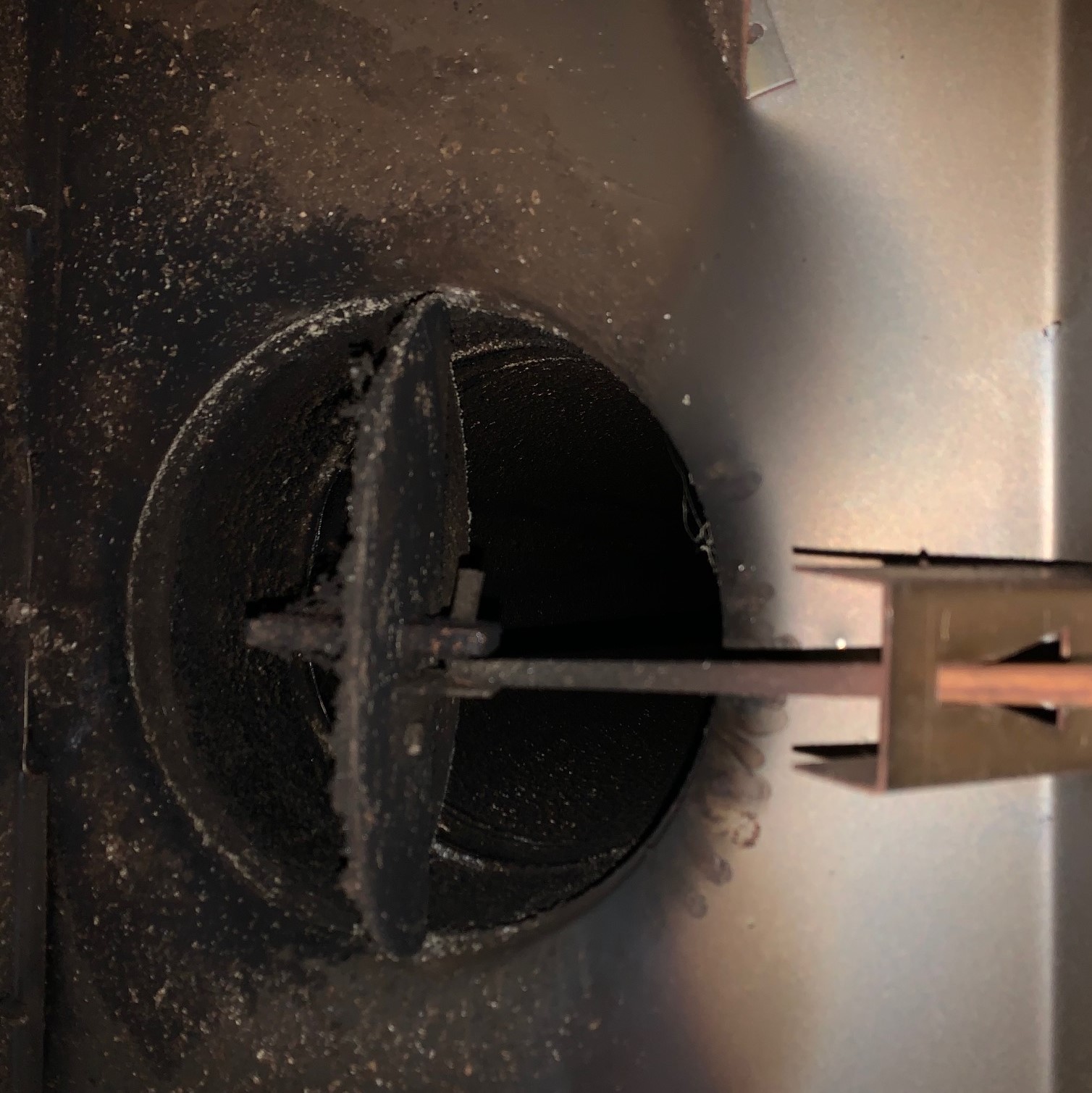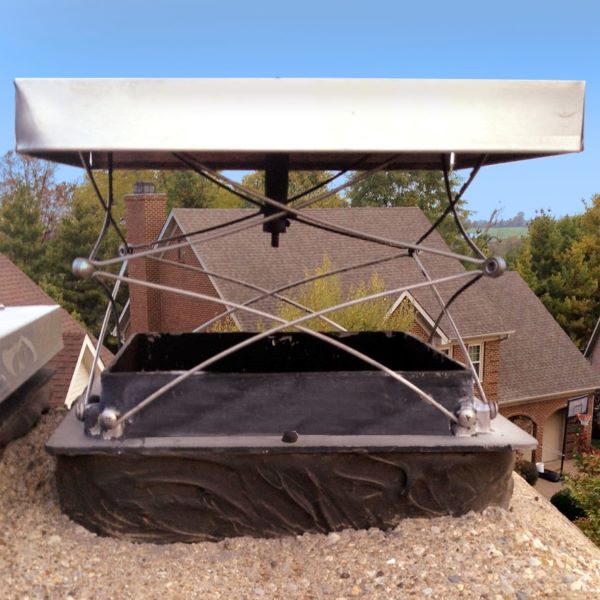All You Need to Know About Dampers
Most homes in the Greater Buffalo and Rochester areas have at least one fireplace for primary or supplemental heating in the winter. Winters here can be long and harsh, so relaxing in the living room with a nice cup of cocoa and the glowing fireplace flames is a peaceful way to warm the soul. Whether you have a gas or wood-burning fireplace, they have several components that serve a distinct purpose. In this article, we’ll explain all you need to know about one of the most vital components: the damper.
 What is a Damper, and Where is it Located?
What is a Damper, and Where is it Located?
A fireplace damper is a metal, iron, or ceramic mechanical device that acts as a chimney
window. When the damper is open, it allows air into the fireplace to create the draft you need to start and maintain a fire. Unfortunately, the draft also allows the smoke and fumes to vent out of your home at the top of the flue. On the other hand, when you close the damper, it creates an airtight seal to prevent the warmer indoor air in winter or the cool conditioned air in the summer from going out of the chimney.
So, if your damper is open year-round, you’re
wasting a lot of energy and paying higher heating and cooling costs. Typically, the damper assembly is installed just above the firebox at the base of the flue in the chimney’s throat. This traditional damper is also known as a throat damper.
The Felgemacher Fireplace Shop in Buffalo also installs and repairs top-mount dampers mounted on top of the chimney.
When to Open the Damper
Always remember to OPEN THE DAMPER before lighting the fireplace. Attempting to light a fire with a closed damper can create a dangerous backdraft that pushes smoke, soot, and harmful contaminants into your living space. Breathing in these harmful contaminants like carbon monoxide can create respiratory and other health issues. It can also make for a messy cleanup on nearby flooring and furnishings.
Closing the Damper
It would help to close the damper after the fire burns out or completely extinguishes it. Doing so will keep your indoor air warmer for a more extended period. It would be best to keep the damper closed when not using the fireplace, like in the warmer spring or summer months. It will improve energy efficiency and reduce cooling costs. If you plan to use the fireplace on a delightful yet colder spring or summer evening, you simply open the damper, light the fireplace, and enjoy the warm flames.
 Top-Mount Dampers
Top-Mount Dampers
A top-mount damper is a more energy-efficient alternative to a traditional throat damper.
We often recommend installing a top-mount damper when your throat damper is beyond repair.
Many folks find that top-mount dampers are easier to use. They also have many benefits, including:
-
- It also serves as a chimney cap to keep water, wildlife, pests, and debris out of the flue.
- A top-mount damper offers better protection than a traditional stand-alone chimney
cap. - A pull-chain makes it easy to open or close.
- Completely seals the entire flue and fireplace – A throat damper only seals the fireplace.
Expert Damper Repair, Replacements, and Installations in Buffalo-Niagara Falls- Rochester NY
Does your fireplace damper need repair or replacement? From masonry fireplace repair and replacements to top-mount damper installations, heating stoves, and accessories, the Felgemacher Fireplace Shop has everything for your hearth. We serve customers throughout Western New York, including Batavia, NY, Cheektowaga, NY, Dansville, NY, and Woodlawn, NY, Visit us at 2727 Broadway, Suite 5 in Buffalo. Call (716) 482-1820 or contact us online to schedule an appointment today!





